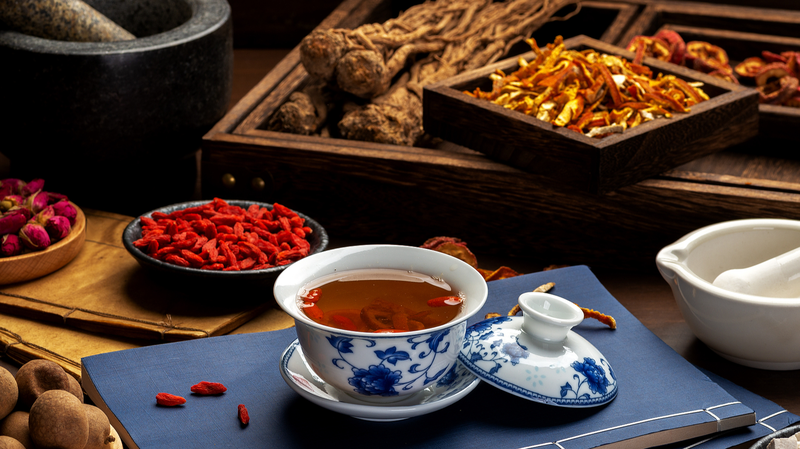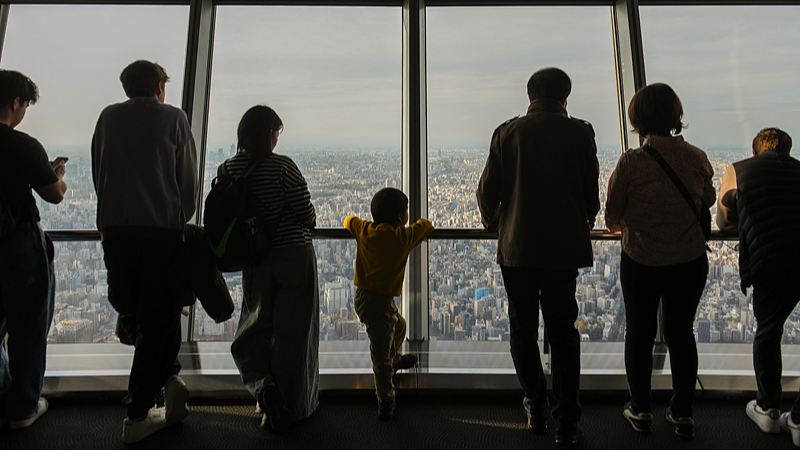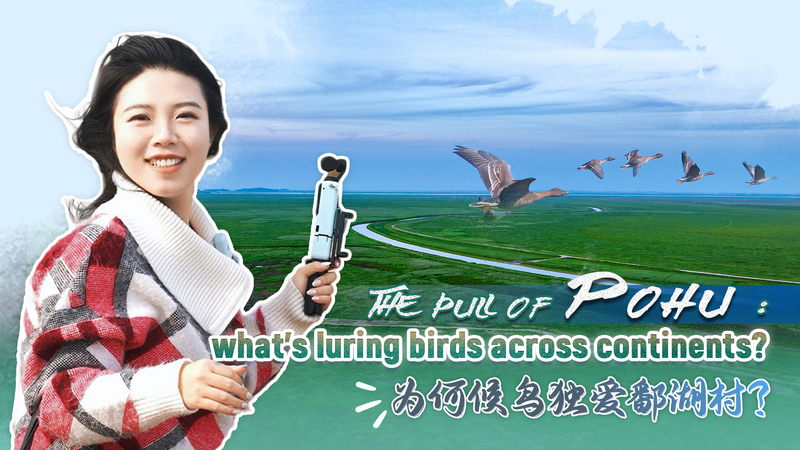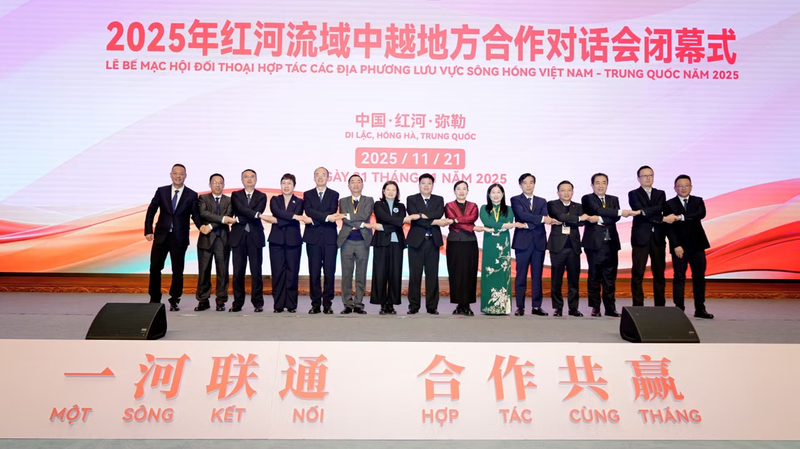As winter settles over the Chinese mainland this November, women are layering up not only with scarves and thermal wear but also with centuries-old health rituals rooted in traditional Chinese medicine (TCM). From heated insoles to handheld thermos mugs filled with ginger tea, a balance of modern heat-tech and ancient wisdom offers warmth and harmony when temperatures dip.
In TCM philosophy, health reflects the ebb and flow of yin and yang – cool and warm, rest and activity, softness and strength. Women naturally embody more yin energy, often leading to sensations of cold hands and feet. Left unchecked, this internal chill can disrupt the smooth flow of qi (vital energy) and xue (blood), which TCM links to overall well-being.
Central to these wellness routines are two of the Eight Extraordinary Vessels: the Ren Mai (Conception Vessel), or 'Sea of Yin', which nourishes reproductive organs, and the Chong Mai (Penetrating Vessel), or 'Sea of Blood', responsible for steady blood and qi flow throughout the menstrual cycle. During colder months, TCM advises resting more, avoiding raw or chilled foods, and seeking warming nourishment.
On a brisk morning commute, it's common to see commuters sipping ginger-and-brown-sugar tea from insulated flasks. At lunch, bowls of hearty soups brimming with red dates, goji berries and lean meat help replenish blood and restore energy. Meanwhile, at home or in shared offices, electric heating pads and infrared foot warmers complement these age-old recipes, delivering targeted warmth exactly where it's needed.
For global travelers and digital nomads exploring the region, these simple practices are easy to adopt: tuck a bag of dried red dates into your daypack, brew ginger slices on a portable stove or carry a USB-heated mug to ward off the chill. Integrating TCM principles isn't just about staying warm – it's a way to engage with local culture and maintain balance wherever your journey leads.
As the season deepens, these wintertime rituals on the Chinese mainland remind us that true wellness often lies at the intersection of tradition and innovation – and a little extra warmth goes a long way.
Reference(s):
How Chinese women embrace ancient wellness practices in winter
cgtn.com



